Seating Arrangements: An Interview with Luke Shannon
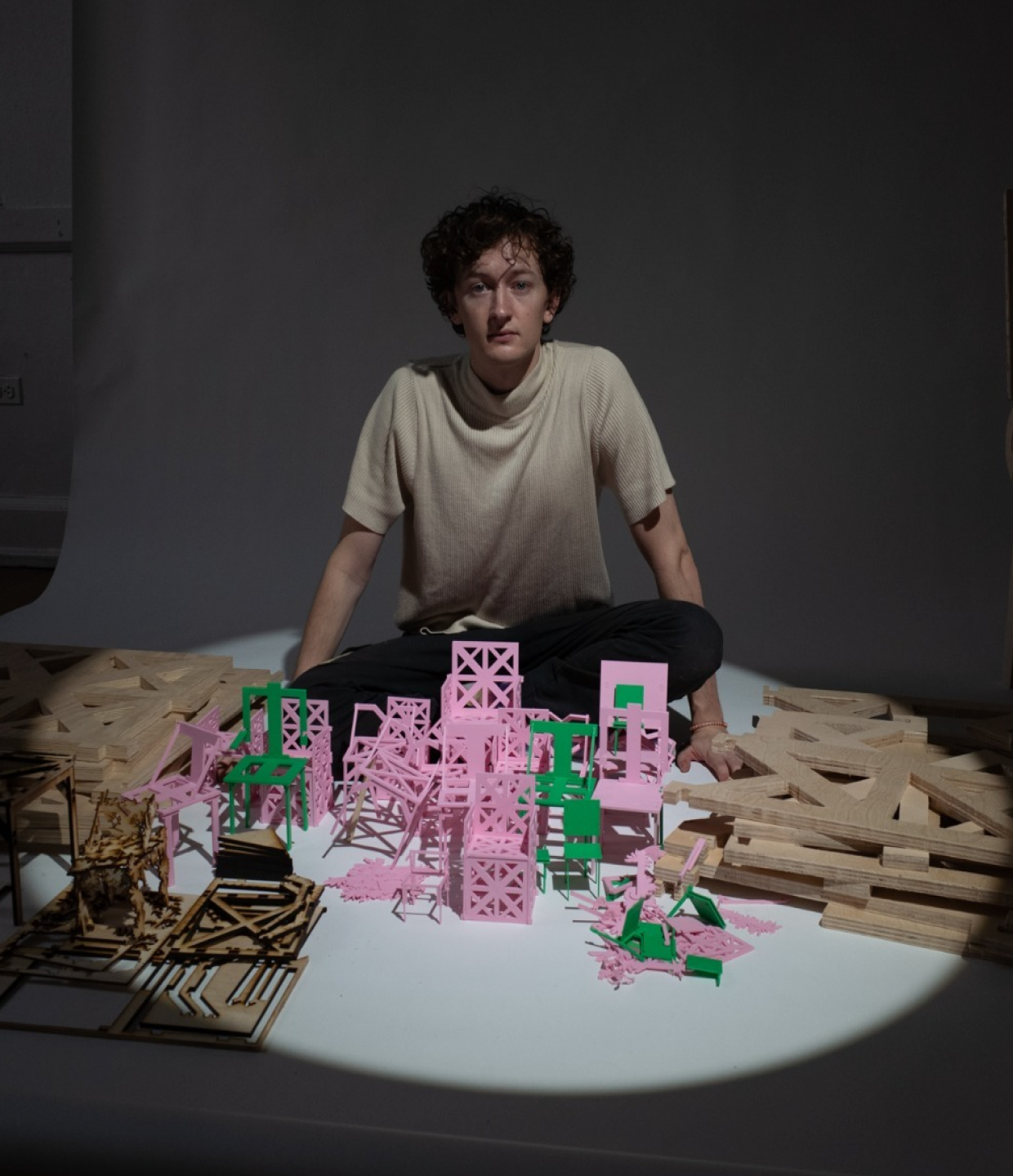
Tonic CEO Susannah Maybank’s interviews Luke Shannon to learn a little bit more about his background in generative art and the inspiration behind Seating Arrangements.
Whether it be a desk chair, a dining chair, a classroom chair, or a seat in modes of transportation including cars, buses or airplanes, chairs are an integral part of our daily lives.
It’s not common that we stop and think about the individual chairs we sit on day to day. Perhaps it’s the true purpose of a chair — its utility prevails over its structure.
But what if we collectively challenged this notion, and began to analyze the structures where we sit? This is what artist Luke Shannon aims to accomplish in Seating Arrangements, his latest release on Tonic.
Seating Arrangements is a collection of algorithmically crafted chair schematics, accompanied by a unique physical chair counterpart. Serving both form and function, Seating Arrangements urges collectors to inspect the individual structures that define our experience sitting in chairs.
Shannon is leading the vanguard of artists who are pushing code- based generative systems to produce physical art. His experience includes a residency at Marfa, research positions at Princeton and Art Blocks, and exhibitions in conjunction with Frieze London and Art Basel Miami.
Read Tonic CEO Susannah Maybank’s interview with Shannon to learn a little bit more about his background in generative art and the inspiration behind Seating Arrangements.
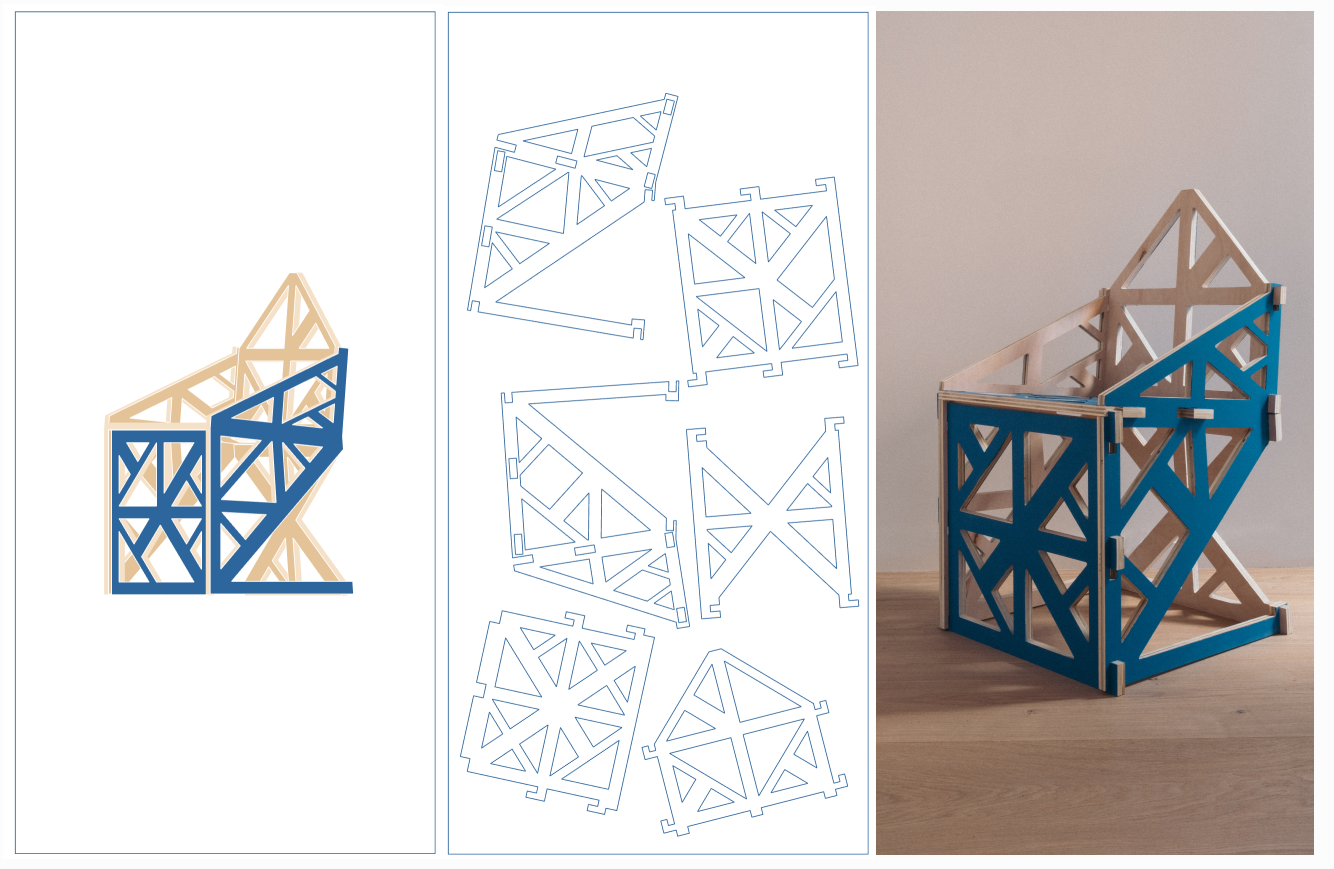
Seating Arrangements by Luke Shannon: from conception to digital schematic to full-sized wooden chair
Susannah Maybank (SM): How did you get into generative art? Did you get into art first through a generative lens, or did you have an earlier practice in more traditional media?
Luke Shannon (LS): I started oil painting and drawing as a kid and still do a lot of that, mostly oil painting. I actually wanted to be a creative writer: write and illustrate stories and novels.
Then I discovered programming and started doing visual things maybe five years ago. I think of code as something that’s linguistic, like a very tight syntax around poetry or some forms of creative writing. The use of language & syntax is very interesting to me. I saw painting, programming, and creative writing as all separate things but then generative creative coding led me to be able to combine all of those. Writing, art, and math.
SM: I would love to hear how your writing has informed the art that you want to make.
LS: The connection I’ve seen the most between creative writing and coding for me has been the moment when you’re trying to describe something. There’s a very satisfying moment when you get that right perfect word and it’s a very similar satisfaction for me, writing a function or a method that is doing exactly what I wanted to do, and is tight within its own logic.
That was the kind of stuff that I would obsess about a little too much. Somebody said this to me once about writing in general: you want writing so tight, you could throw it out a window and break the window. I think similarly in coding, this idea of no wasted space, of strongly internally-tied together functions is satisfying in a similar way to me.
SM: You are sort of on the leading edge of work that directly addresses the relationship between the digital and physical, and a lot of your work crosses over that boundary in interesting ways. Can you talk about that exploration and why that mode of inquiry is so interesting to you?
LS: I think a lot of the work I produce is not split between digital and physical, it’s both. is the And the algorithms that I’m writing, I don’t think of as abstractions of the computer. I think they’re really living systems around us that we interact with all the time, like, using rules and randomness to be autonomous actors in a way.
So I think making physical algorithmic art is the best way to get that across and try to create systems that we can really live with in our physical lives too. A chair would be a great example of that. Like, it’s something you can really live and interact and negotiate with.
It’s kind of like skeuomorphism in the reverse direction, where the physical world is informed somehow first by the digital world.

Luke Shannon holding an early prototype of Seating Arrangements
SM: Quick, because we just use a SAT word — can you define skeuomorphism? I think it’s a really interesting concept, but I wanna make sure that we talk about how it works in generative art.
The classic example of skeuomorphism is the iPhone notes app. The interface is like using a legal pad with a handwriting interface. That format of recording has nothing to do with the way that the text of the notes are stored in the phone, but it really helps to have that interface because it makes it very clear for somebody who’s not used to using a phone. It’s clear that the interface works how they should expect it to behave. So it’s kind of a new thing imitating an old thing to make what the new thing does more clear.
And I think that’s something that we see and talk about in generative art too. Film grain and things that aren’t inherent to a digital medium are used to make them more visually interesting and prepare you for a “this is art” point of view.
But there’s also the way that things are designed, like Instagram for example — the way that Instagram is designed on sharing a few really good photos has really changed the way that the physical world is designed. Restaurants will design their space because they want to find an Instagramable moment. So the physical world is, like, responding to the digital world first.
SM: Could you share how you came up with the concept of Seating Arrangements and its relationship with generative production?
LS: The idea for the chair collection emerged from my interest in printmaking and its relationship with generative art. I had been experimenting with various printmaking techniques and wanted to integrate generative algorithms into the process.
Printmaking, in a way, involves using one matrix to create multiple prints, similar to how generative art uses one algorithm to generate various outputs. I wanted to highlight the role of the matrix, the wood block in this case, as a fundamental part of the process. So, I decided to create a table from the matrix itself and make a print of the translation stages. The table became a chair in later iterations. The algorithm is essential at every step, determining the chair’s structure and appearance. This way, the matrix becomes both the art and the medium.
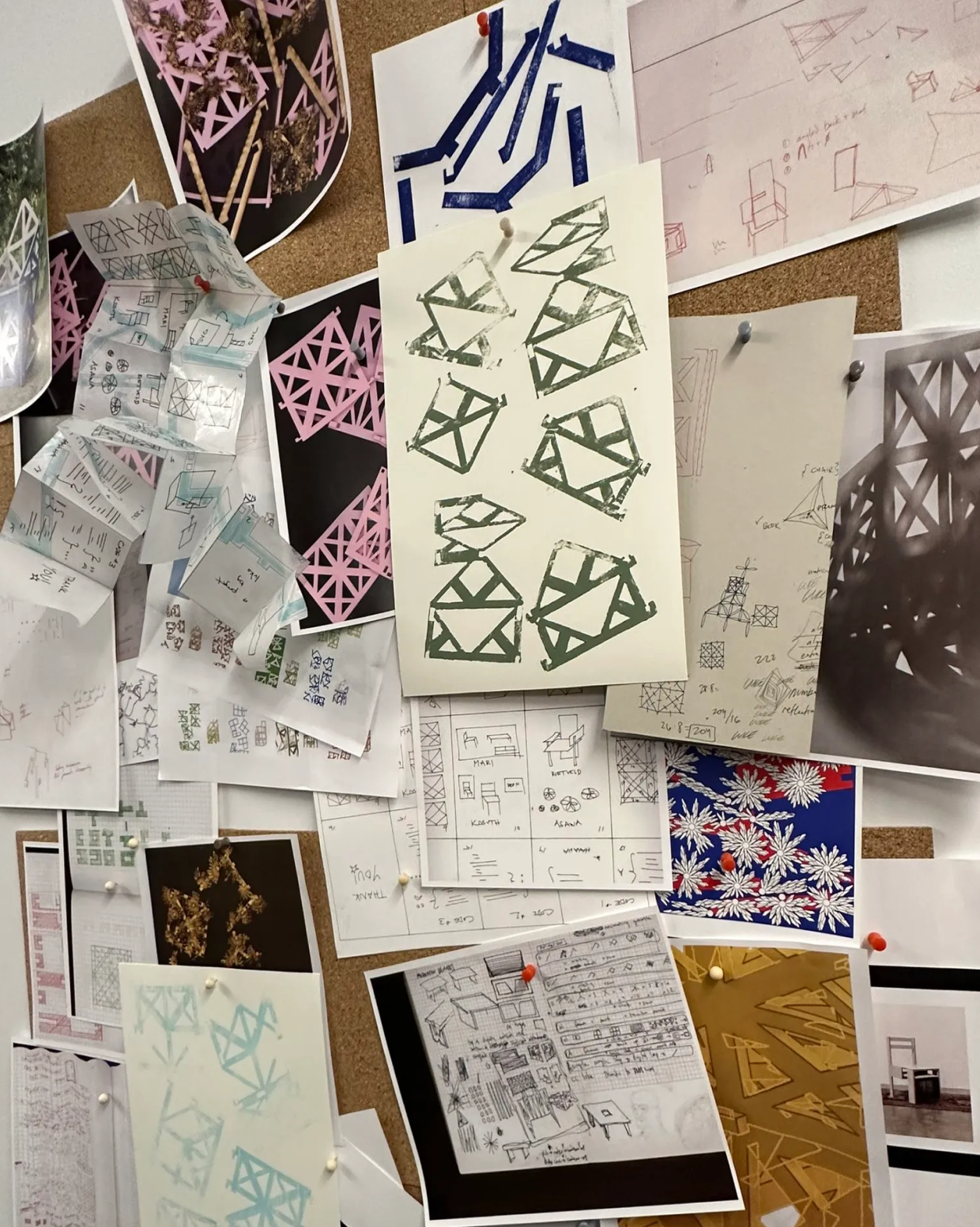
Early concepts from Seating Arrangements
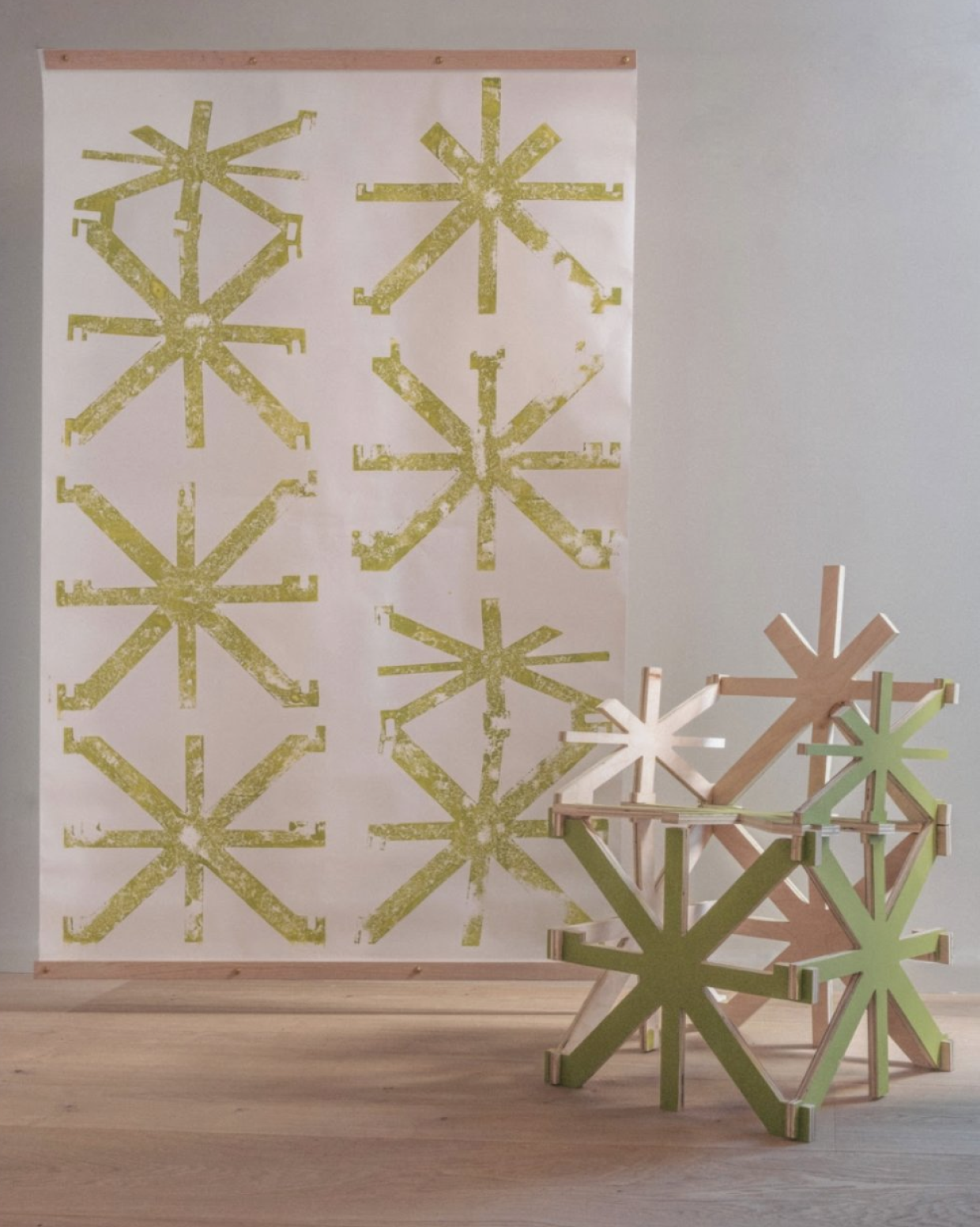
Full-sized chair and 4'x8' woodblock print
SM: There’s a lot of constituent parts in this project. Can you walk us through how all of these parts relate to one another?
LS: So I write an algorithm, and it produces an interactive, SVG file where you can see different projections of the chair and change the different aspects of the display.
From there it exports an SVG file, which can be interpreted by a CNC machine as the instructions of how to make that chair. So then, a CNC machine can carve that out of a piece of plywood, and that matrix is treated as art itself before it even becomes a chair. It’s printed using the wood block print process. You have this big contact relic of the process of making the chairs.
Those pieces then get assembled into the chair with an instruction manual that we also will provide. So in total, there’s the digital file, the wood block print, the chair, and the instruction manual.
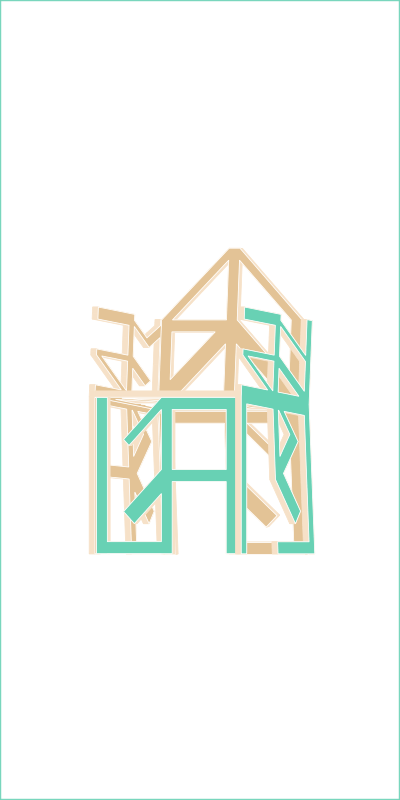
seating-arrangements #123
0.043 ETH
($114.63 USD)
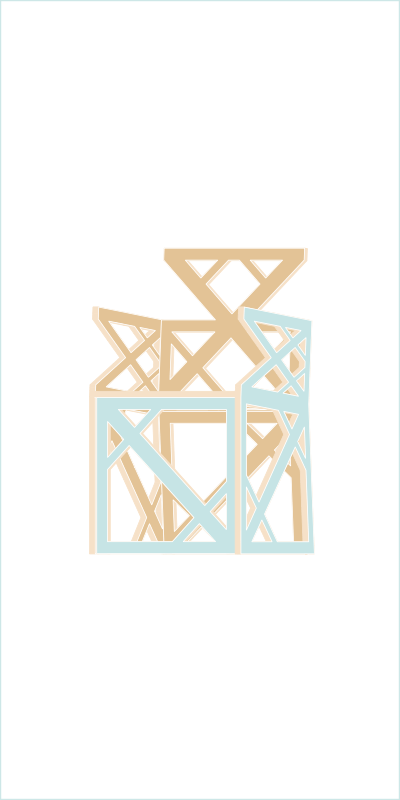
seating-arrangements #63
0.07525 ETH
($200.60 USD)
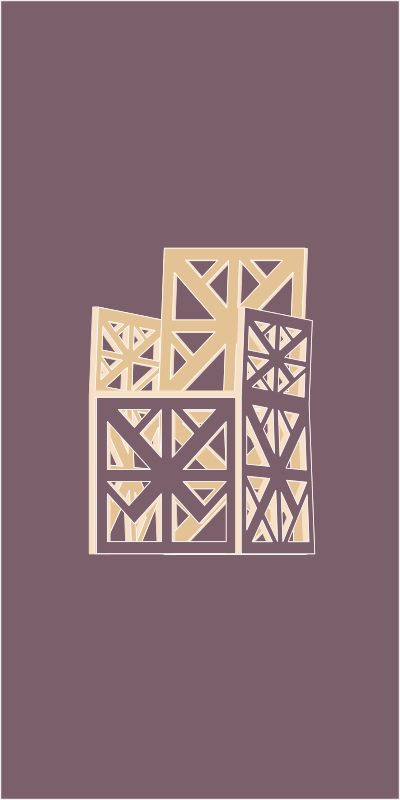
seating-arrangements #143
0.07525 ETH
($200.60 USD)
SM: The juxtaposition of softness and hardness in the chair’s design is intriguing. Can you tell me more about this contrast?
LS: The juxtaposition is intentional. I wanted to create an art object with a delicate and somewhat dangerous quality. Delicacy and danger can be intertwined, and I believe that something delicate can also carry an element of risk, like the potential for it to break. This concept plays into the idea of living with technology, where we often view technology as making our lives better, but it also comes with its own dangers and complexities. The sharp edges and distinct form of the chair serve as a reminder of its presence, contrasting with the often unnoticed automation of our daily lives.
SM: The chair’s construction lacks hardware or glue. Can you explain how this ties into the concept of the matrix as the object in itself?
LS: The absence of hardware or glue in the chair’s construction is deliberate. It aligns with the idea that the matrix (the wood block) is the primary object in itself. Any added hardware would be foreign to the matrix’s essence. I wanted every element of the chair to emerge from the matrix, making the entire process interconnected and avoiding any post-additions. It’s about maintaining the purity of the matrix as the foundational object and medium for this project.
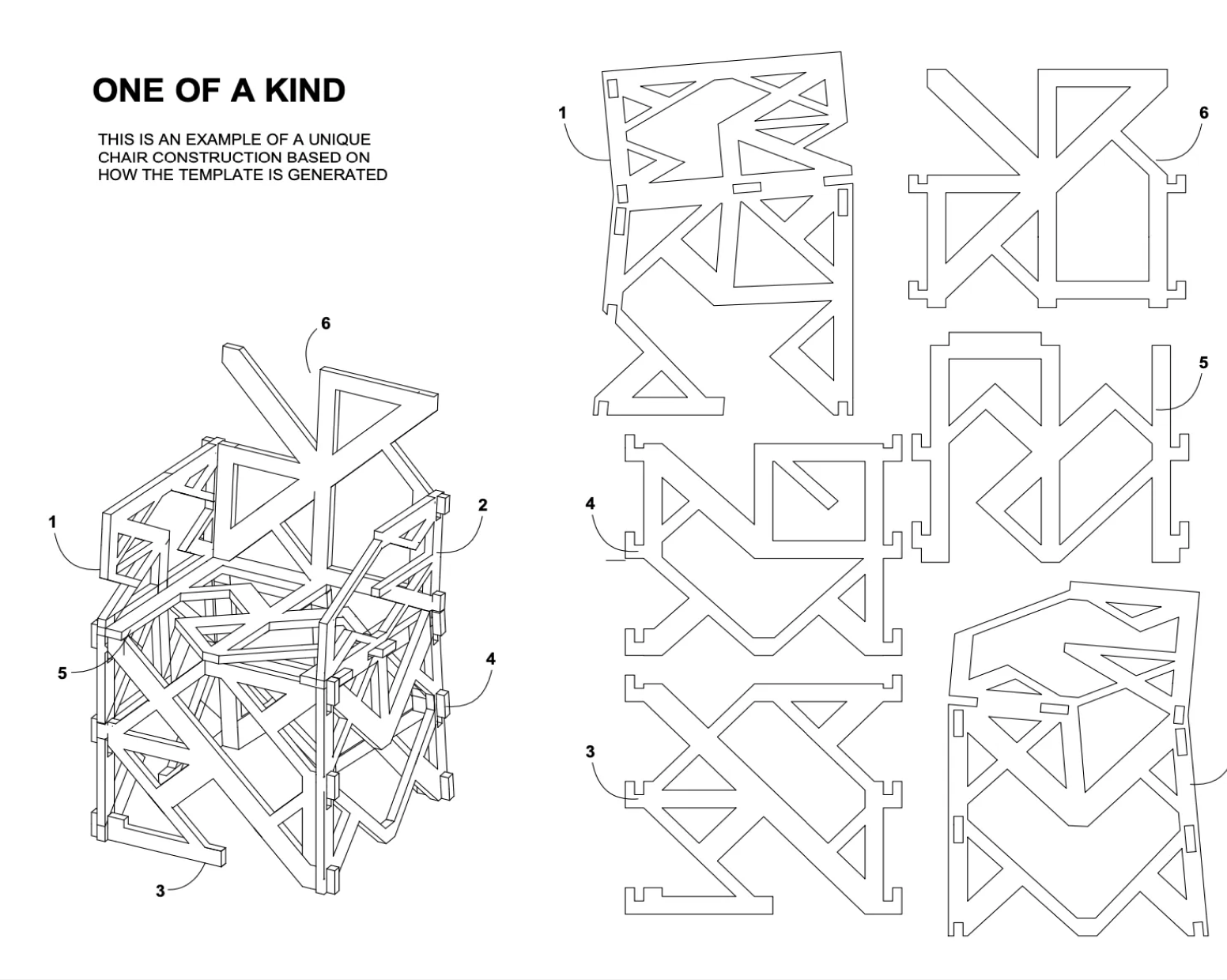
Excerpt from the assembly instruction manual included with both the full-sized and tabletop-sized chairs, outlining the assembly of a sample chair.
SM: Can you share your thoughts on constraints and how they influence creativity in this series?
LS: Constraints are essential to creativity. They provide the foundation for creative exploration. In the context of this project, constraints like the syntax of code and the specific limitations of printmaking techniques are what drive creativity. Working within these constraints forces us to find innovative solutions and ideas. Constraints shape our creativity and push us to think differently. The explicit use of constraints, such as the matrix in this project, highlights the importance of constraints as the grammar of creativity, and it becomes a medium through which to express creativity.
Listen to the full interview with Luke Shannon on Twitter Spaces (mp4 audio here).
More stories
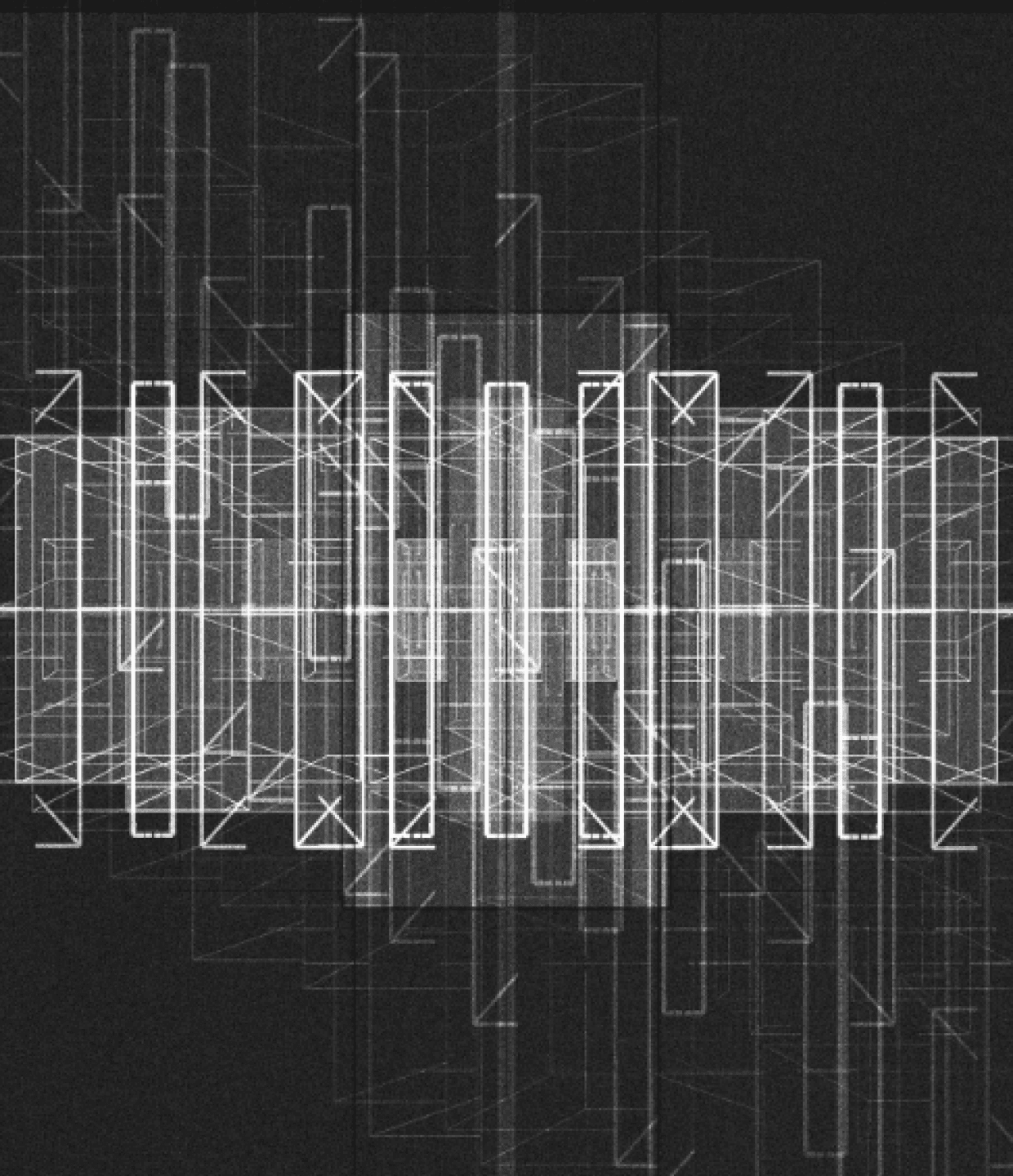
Introducing ESCAPE by Iskra Velitchkova
ESCAPE by Iskra Velitchkova is at once an archive of the artist’s personal history and a self-referential exploration of how we seek freedom and escape in art.
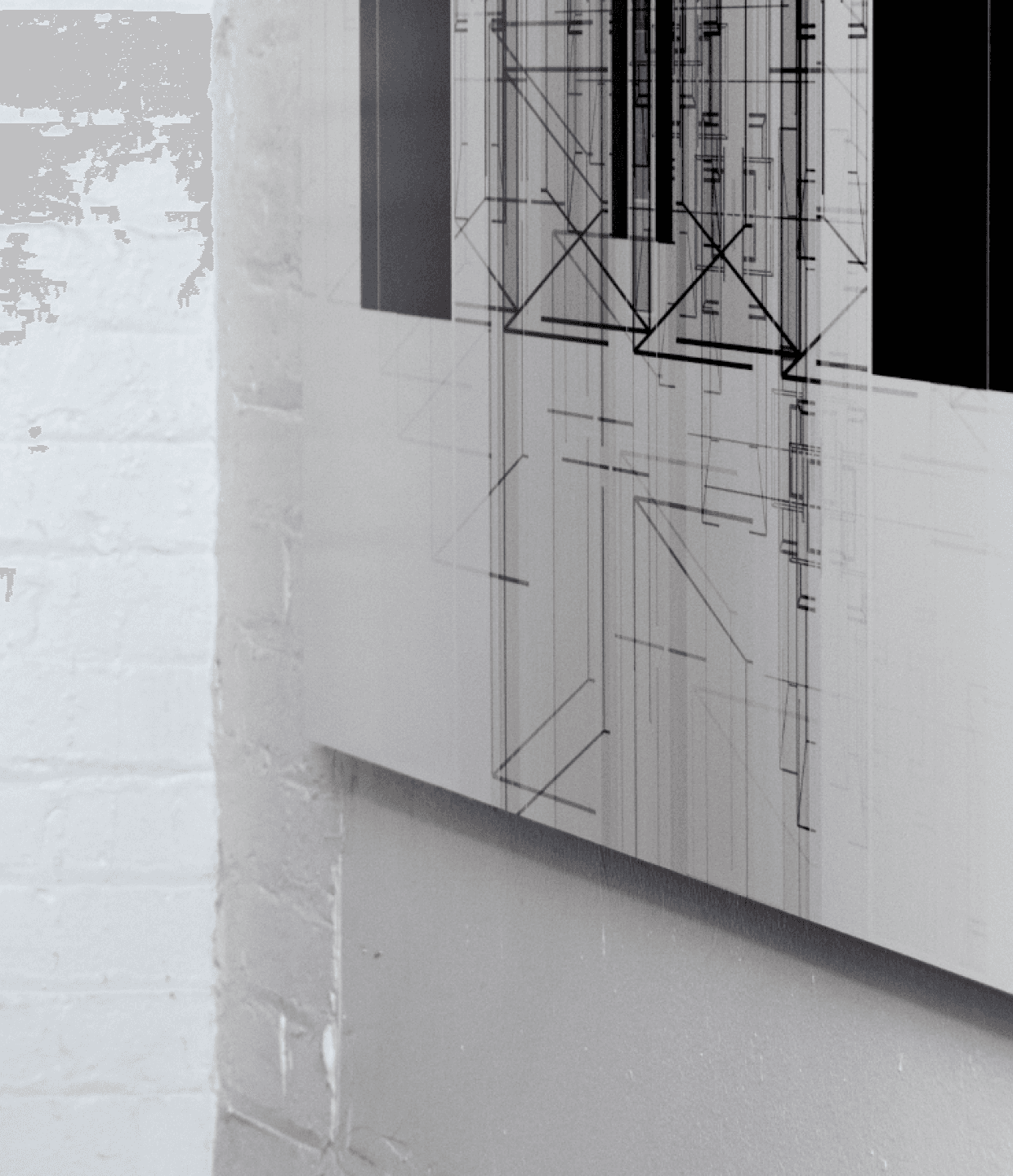
Unique Physicals, Series, ESCAPE
Iskra Velitchkova’s ESCAPE with Silver Gelatin Printing
Iskra Velitchkova’s ESCAPE is influenced by analog photography and leverages silver gelatin to its fullest for its unique physical offering.
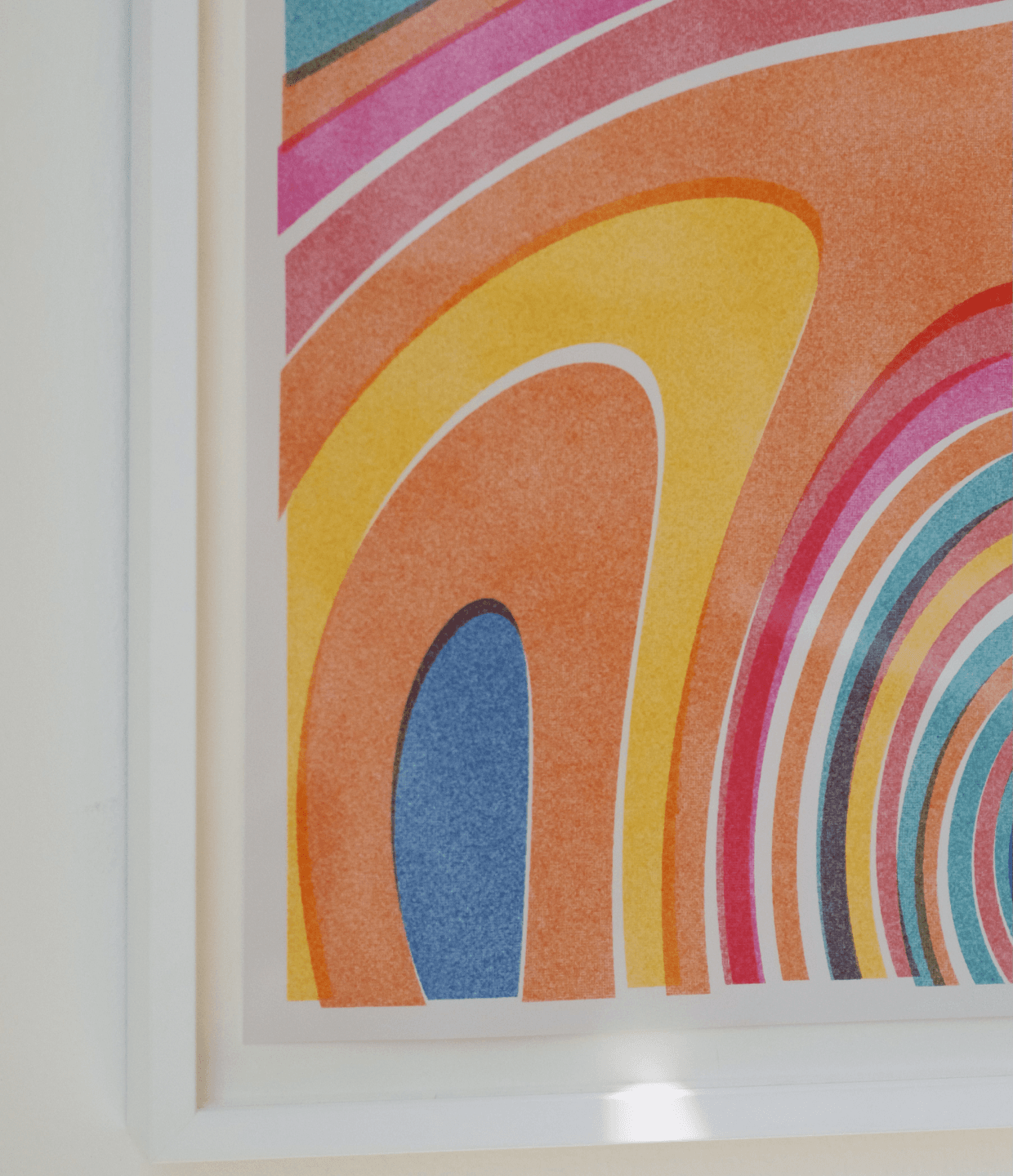
Features, Series, Compare & Contrast
Pointilism & Divisionism in Intimità and Interference
The experiments of Divisionist and Pointillist painters influenced our understanding of color and contrast, enabling new forms of artistic impression like the works of Phaust and Stefano Contiero.


Stay in the loop on upcoming drops, exclusive access, and more.